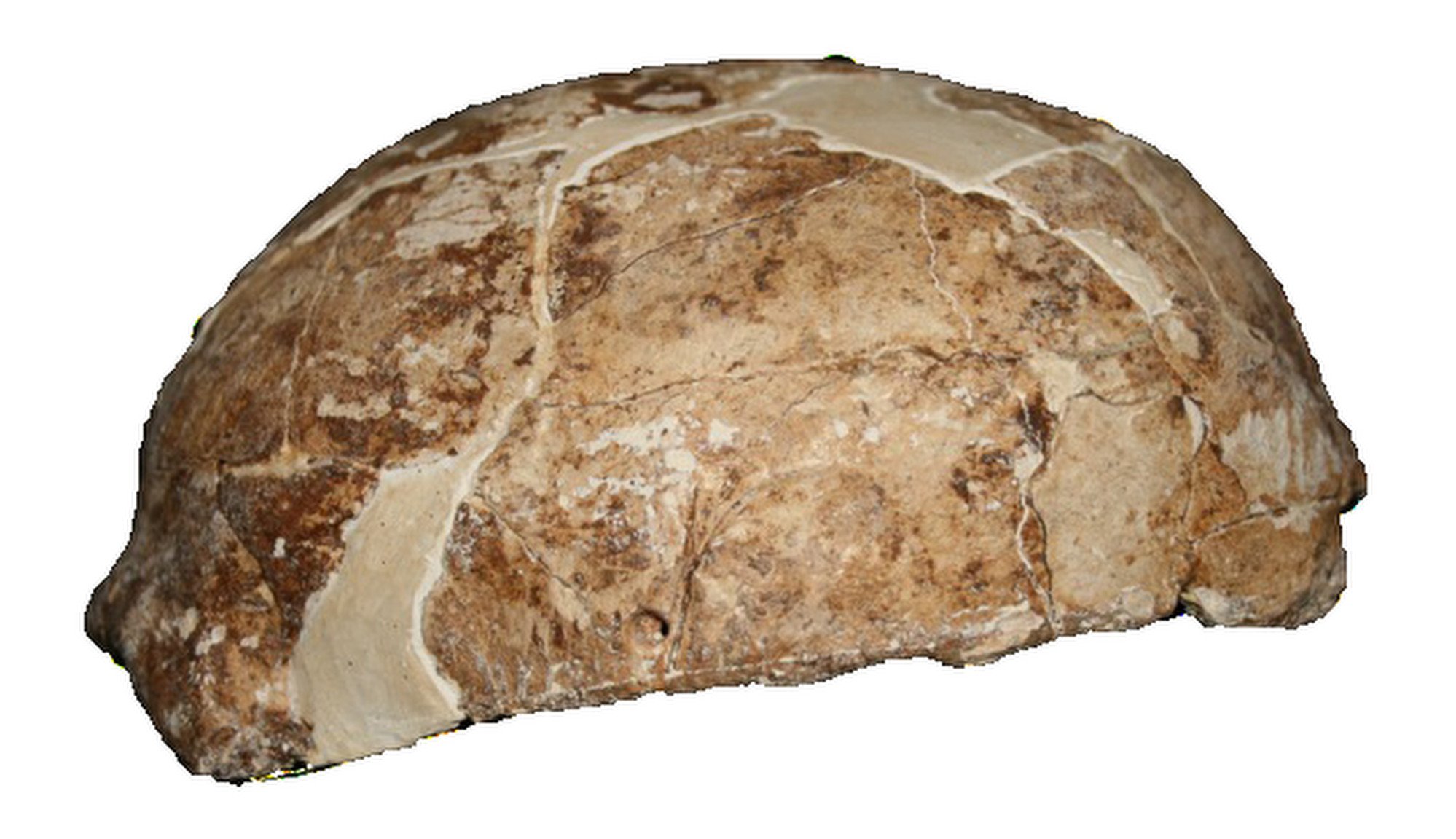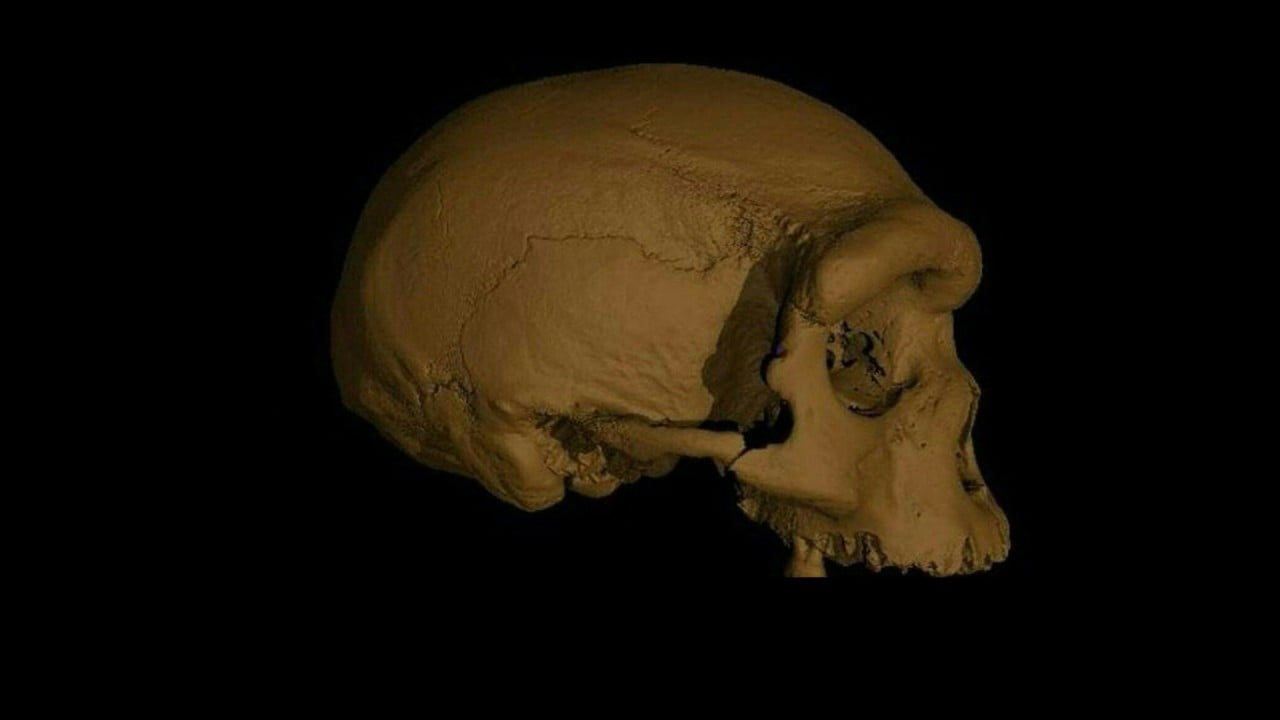
Chinese scientists find DNA link with Native American ancestors in Yunnan cave
- Research finds ancient human remains found in China ‘had a deep relationship with the early people who first arrived in the Americas’
- Team spent years collecting material from more than 100 points on the 14,000-year-old skull of ‘Mengzi Ren’ to have enough for genetic sequencing
Researchers have identified the remains of a person closely related to the ancestors of Native Americans in a cave in southern China, according to a new study.
Professor Su Bing, of Kunming Institute of Zoology in Yunnan and lead author of the study published in the international peer-reviewed journal Current Biology on Thursday, said it was the first sequencing of ancient DNA from East Asia, dating to when modern humans migrated to America about 14,000 years ago.

Su and his colleagues collected genetic samples from a skull found in the Red Deer Cave in Mengzi city near the border with Vietnam in 1989.
The skull belonged to a woman – dubbed Mengzi Ren – who “actually had a deep relationship with the early people who first arrived in the Americas,” he said in an interview with Chinese state television.
Genetic surveys of modern populations suggest present-day Native Americans are likely to have come from East Asia, but direct evidence supporting the theory remains scarce.
Chinese anthropologists found the skull and related remains amid a large pile of animal fossils, including deer, monkeys, bears and boars, at the Red Deer Cave site. It was then left on a shelf for decades because no one suspected the remains belonged to a human.
“The skull has some unique features that are somewhat different from what the late Homo sapiens were thought at the time,” Ji Xueping, a co-author of the study, said in the same interview.
Why China is in love with archaeology and palaeontology
Most ancient DNA samples have been severely damaged. Su’s team spent three years collecting material from more than 100 points on the skull to have enough for genetic sequencing.
They compared Mengzi Ren’s genome to ancient DNA collected around the world and found she had strongest links to current Asian people and Indigenous Americans.

Previous studies found that Homo sapiens arrived in Southeast Asia from Africa about 60,000 years ago and then moved north to the rest of China, replacing local early human communities.
Su’s team said their findings suggested a lineage of the migrants had moved along the coastline of eastern China and eventually arrived in North America by crossing the Bering Strait which separates Russia and Alaska.
Ancient Indonesian girl reshapes views on migration, race of early humans
“This work is very exciting, as it shows how the settlement of East Asia is linked to the people of America,” Tabita Hünemeier, a researcher with the Institute of Evolutionary Biology in Spain, told New Scientist.
But there could be another possibility, she added: that some members of the founding population in the Americas had spread westwards back into East Asia.


